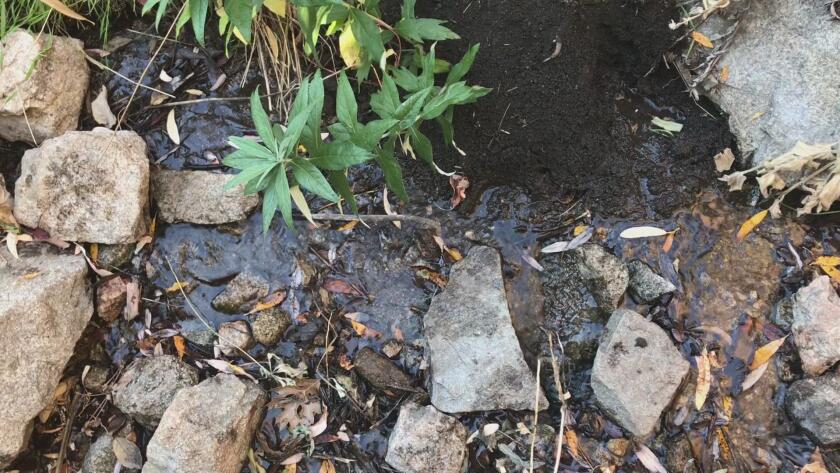Where to find waterfalls hidden in a posh Malibu neighborhood
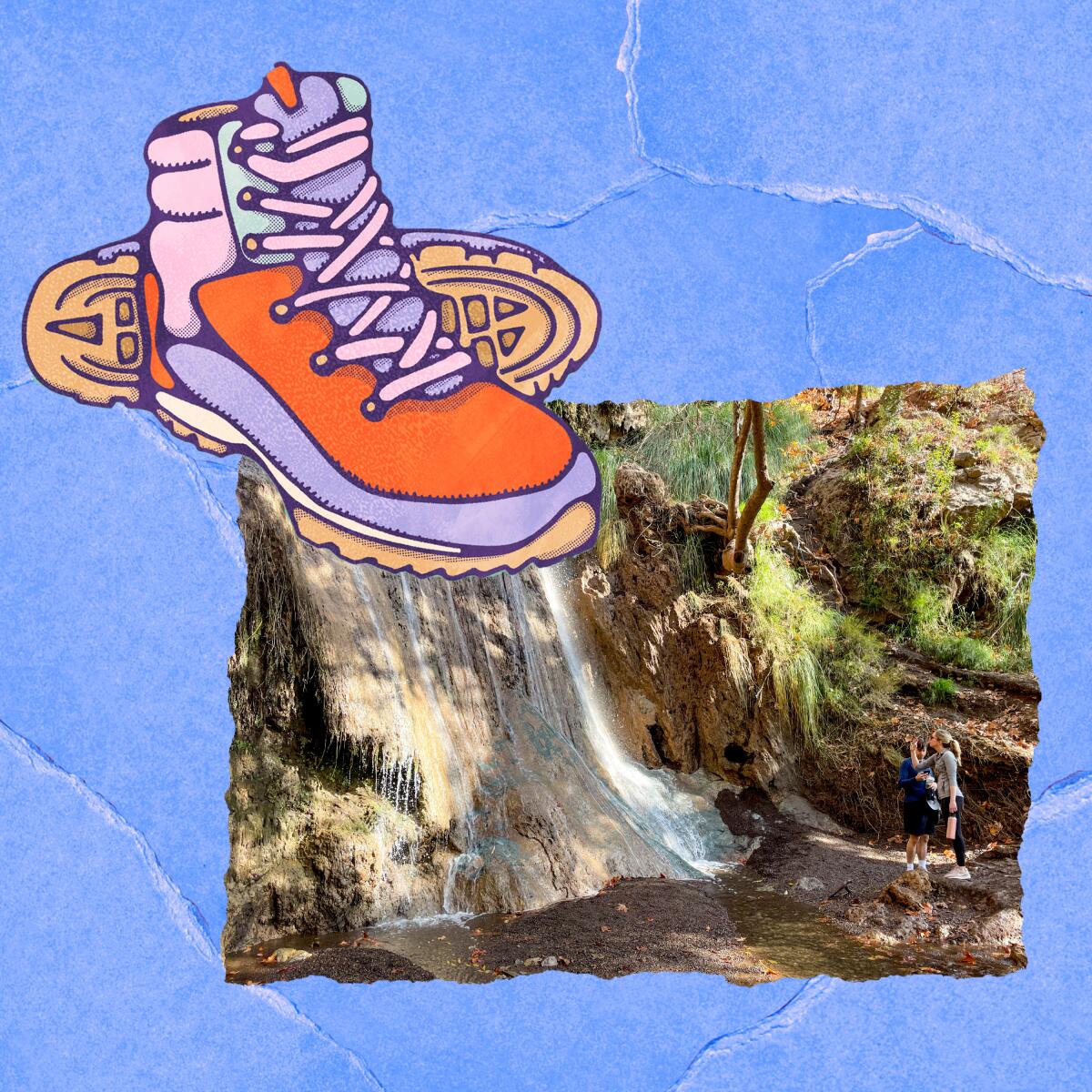
- Share via
Some trails are just too hot, dusty and sunbaked for summer. That’s what makes them perfect for winter hiking, when temperatures are cooler and the air is a bit cleaner. One of my hands-down favorites: Escondido Falls in Malibu. This easy hike is good for all ages. The falls are hidden behind a posh Malibu neighborhood, which means you walk almost a mile past tony homes on a paved road before dropping down to the well-marked dirt trail and the beginning of Edward Albert Escondido Canyon Trail and Waterfalls.
Last summer, the falls were barely a trickle. Recent rains have sent them churning. You can walk right up to the lower 50-foot falls and stick your feet in the pool of water at the base; the higher falls are accessible only by a steep, narrow trail lined with a rope (not recommended). The narrow canyon can get muddy; I counted four stream crossings on a recent hike. Start at Escondido Canyon Park, 27200 Winding Way in Malibu. Very limited parking in the $12 parking lot; street parking available on Pacific Coast Highway. Here are four more hikes to do right now.
3 things to do this week

1. You miss people-watching, right? Try “city-bathing” at these outdoor spots. The pandemic may have thwarted your ability to people-watch in L.A. while enjoying a cuppa. Times staff writer Christopher Reynolds listed 10 places where you can go to feel the hum of humanity — at a distance. “Think of these public places as a Greater L.A. field guide to all the ways that a person might look and behave,” he wrote. “Or think of this as city-bathing — the urbanite’s answer to ‘forest-bathing’ that got popular in Japan some years ago.”
One of his picks: Beverly Cañon Gardens in Beverly Hills. “This park is so small and genteel, you might mistake it for private property. But it’s public, and those six sets of chairs and tables around the central fountain are up for grabs. Sit north of the fountain, which puts you closer to the takeaway snack counter of neighboring Sweet Beverly. To the south stands the Maybourne Beverly Hills hotel (formerly the Montage) and its white-tablecloth Terrace restaurant. You can also shoot a selfie at the pink sign that reads ‘Beverly Hills Is Beautiful.’” Check out all of the highly specific places to people-watch while social distancing in L.A.
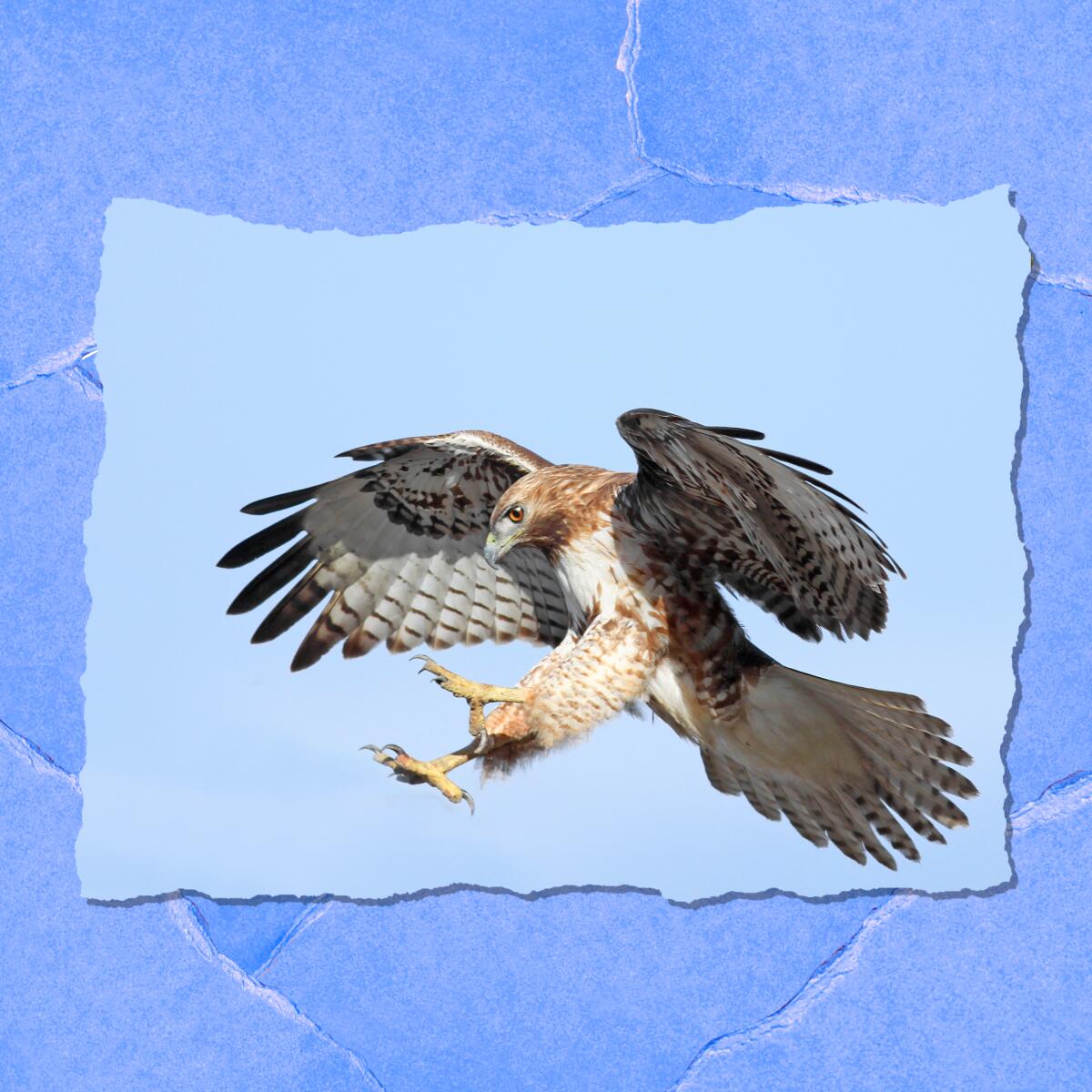
2. Sign up to volunteer for the 2022 Los Angeles Raptor Study. Last year, the study identified and monitored the behavior of 250 pairs of hawks, owls and falcons who thrive in the city. The study, hosted by Friends of Griffith Park, trains volunteers to identify different raptors, watch specific nests over time and observe and describe behaviors, such as how many eggs are laid, the number of chicks hatched, etc. It’s a great opportunity to help gather data and learn how to be part of a community science project. The virtual training session is set for 10 a.m. to noon Feb. 19, but you have to apply before joining the group. Sign up here to get started.
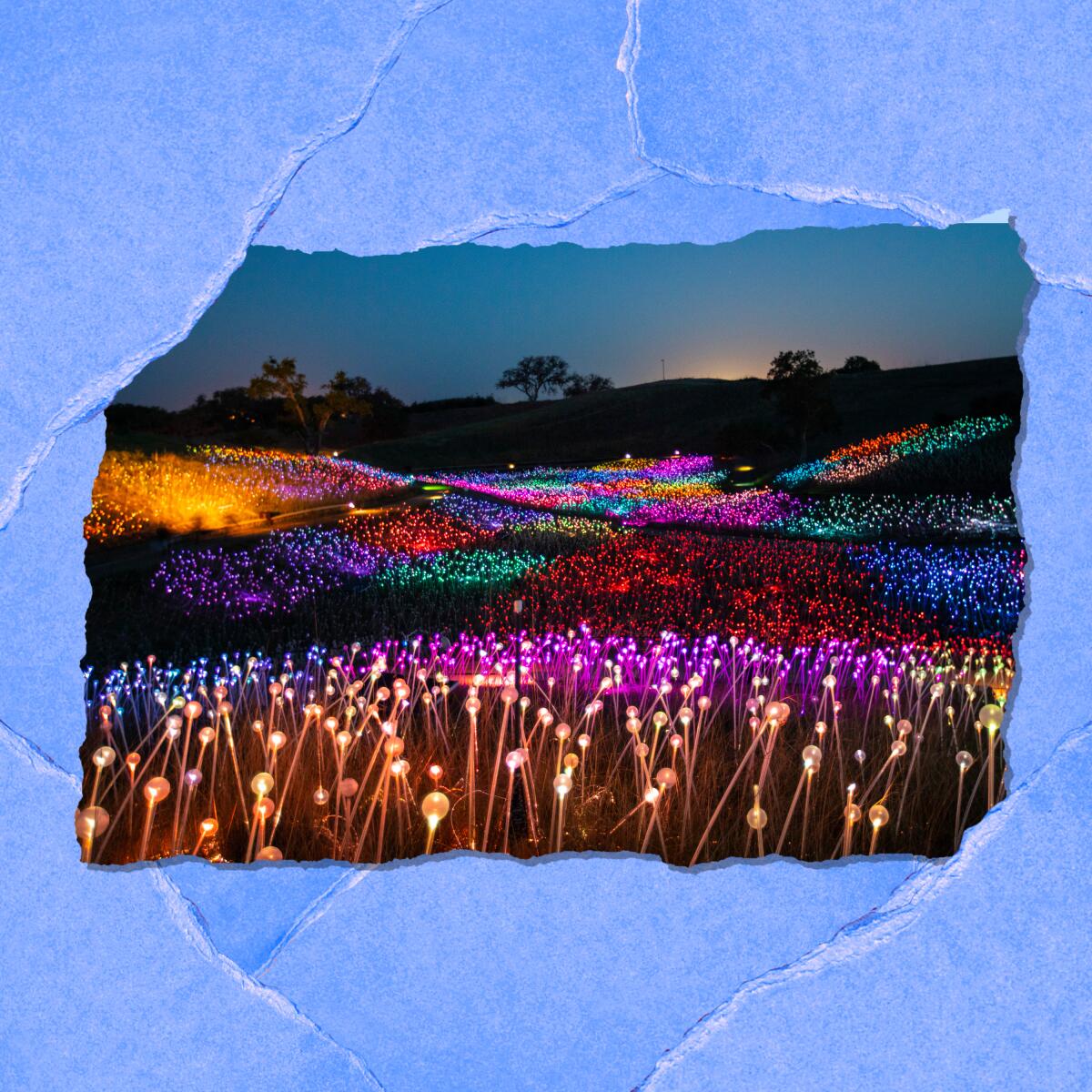
3. Lights, BYO camera, plenty of action at Sensorio’s “Field of Light.” If you didn’t get enough of spellbinding light shows over the holidays, head to Paso Robles, Calif. The “Field of Light” at Sensorio, created by artist Bruce Munro, has been extended at least through May. Munro set up 58,000 solar-powered light stems that create an undulating field of pinks, blues and whites after the sun goes down. What makes this show so spectacular is the setting: 15 acres of remote and hilly ranch land to walk through and savor. The show opened in May 2019; last year, “Light Towers,” built with 17,000 wine bottles, was added. Tickets start at $41 for adults, $20 for children. Find more information about Sensorio here.
Social moment
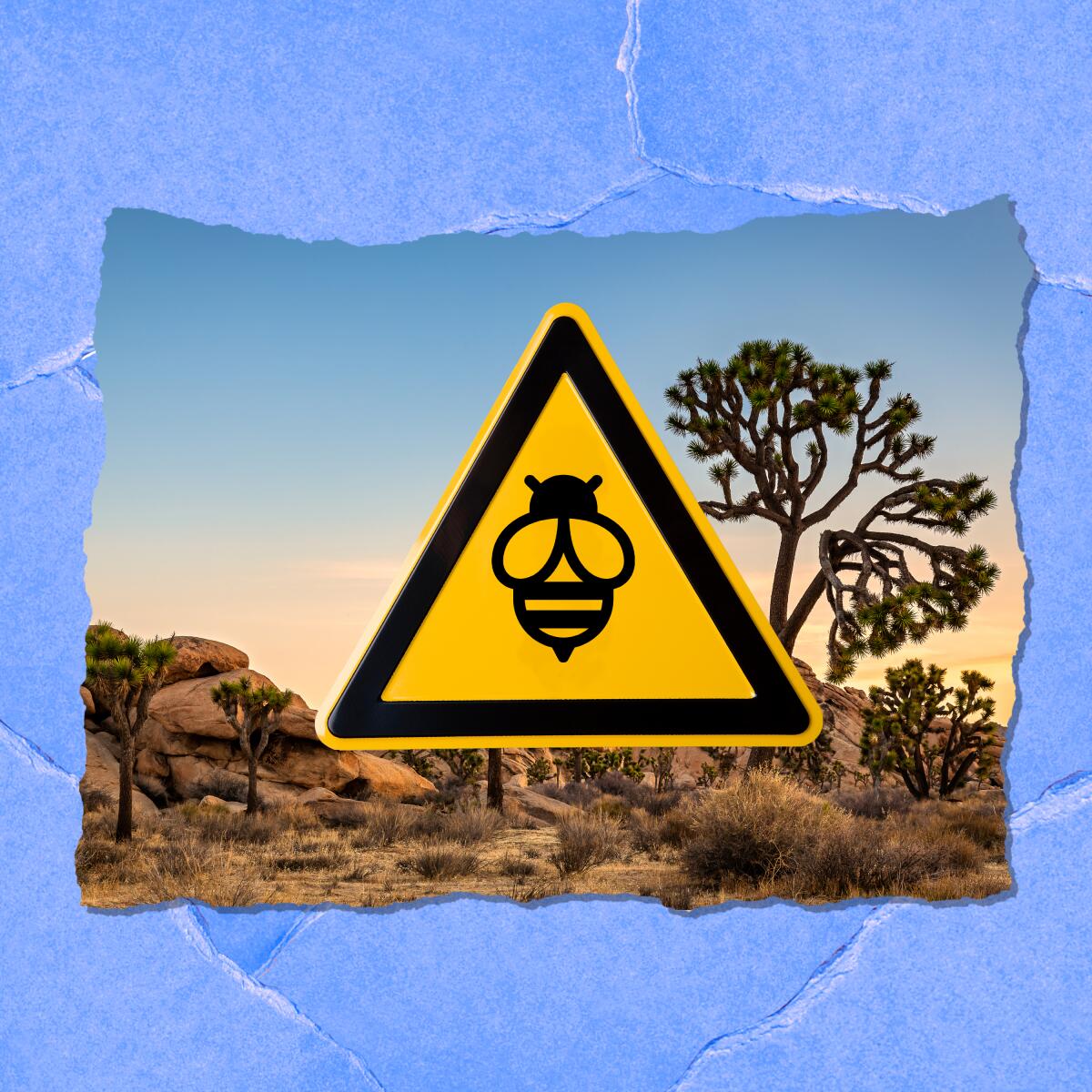
Joshua Tree National Park, east of downtown L.A., posted a series of warning signs on social media you might not find in other parks. First up: bees, as in beware of them. Two campgrounds and a visitors center closed in July 2020 because of “aggressive honey bee activity.” The bees get thirsty, and they sometimes go looking for moisture at picnic tables and on the air-conditioning condensers of cars and RVs, park officials said at the time. Second, look out for desert tortoises. “Be tortoise aware. Check under your vehicle,” the sign says. Yep, you don’t want to smush the creatures who have roamed the planet for 20 million years. Most dig burrows to escape the blazing sun; some may take refuge under your car for the same reason. Check out the rest of the warnings — and stay safe.
Water war
- Share via
A trickling mountain creek in the San Bernardino National Forest. (Allen J. Schaben / Los Angeles Times)
You might care where your bottled water comes from, you might not. For those who do, Times staff writer Ian James wrote a compelling story about one company, branded as Arrowhead 100% Mountain Spring Water, that gets its water piped in from a spring in the San Bernardino National Forest. Apparently for free. Activists have been fighting this for years. One said, “It’s outrageous for a company to profit by taking water from public land while Californians are being asked to conserve.” The company that bottles Arrowhead said it had “valid groundwater rights” that would hold up under California law. It’s a complicated tale about past owners and current practices and the ongoing water crisis, one the state water board will be tasked with sorting out. Read the full story here.
The must-read
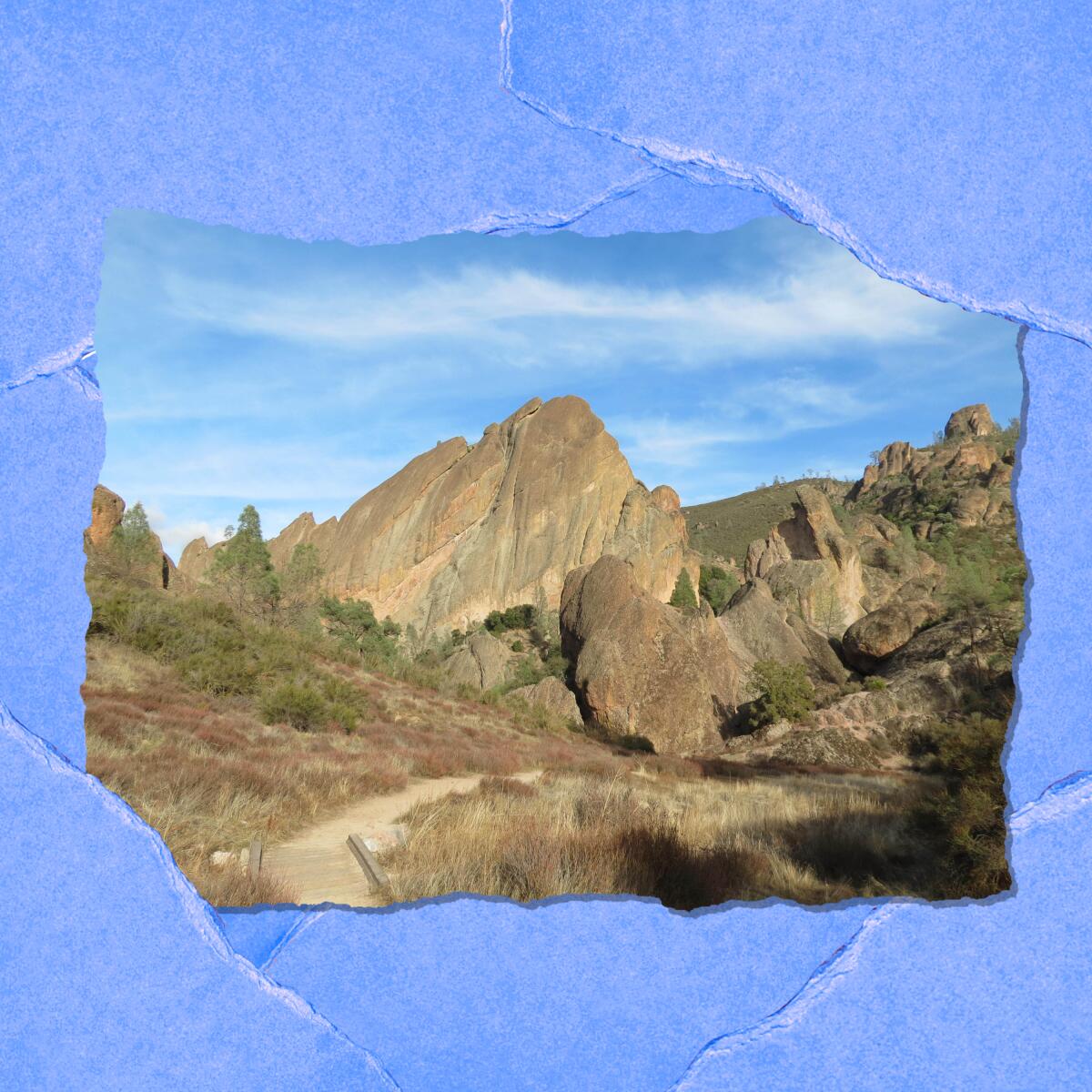
Before you plan your summer vacation, make sure you read up on what’s new in 2022 at national parks in the West. The COVID-19 pandemic and wildfires mean everything’s subject to change, and parks, such as Pinnacles National Park, are adapting. Times staff writer Christopher Reynolds wrote: “This park, usually among the state’s loneliest, saw its popularity jump in 2021. Rangers tentatively counted nearly 350,000 visitors — more than it drew in 2019 and 2020 combined. The park’s east and west entrances are open, as are most of its parking lots and trails. The Bear Gulch and Balconies caves have resumed normal schedules, though they typically close or have limited access when bats mate and nest during the summer months. The Bear Gulch Reservoir loop is accessible, as is the High Peaks trail to the Balconies Cliffs loop. The park’s bookstore is open Wednesday through Monday. But its shuttle service is suspended until further notice.”
The red flag
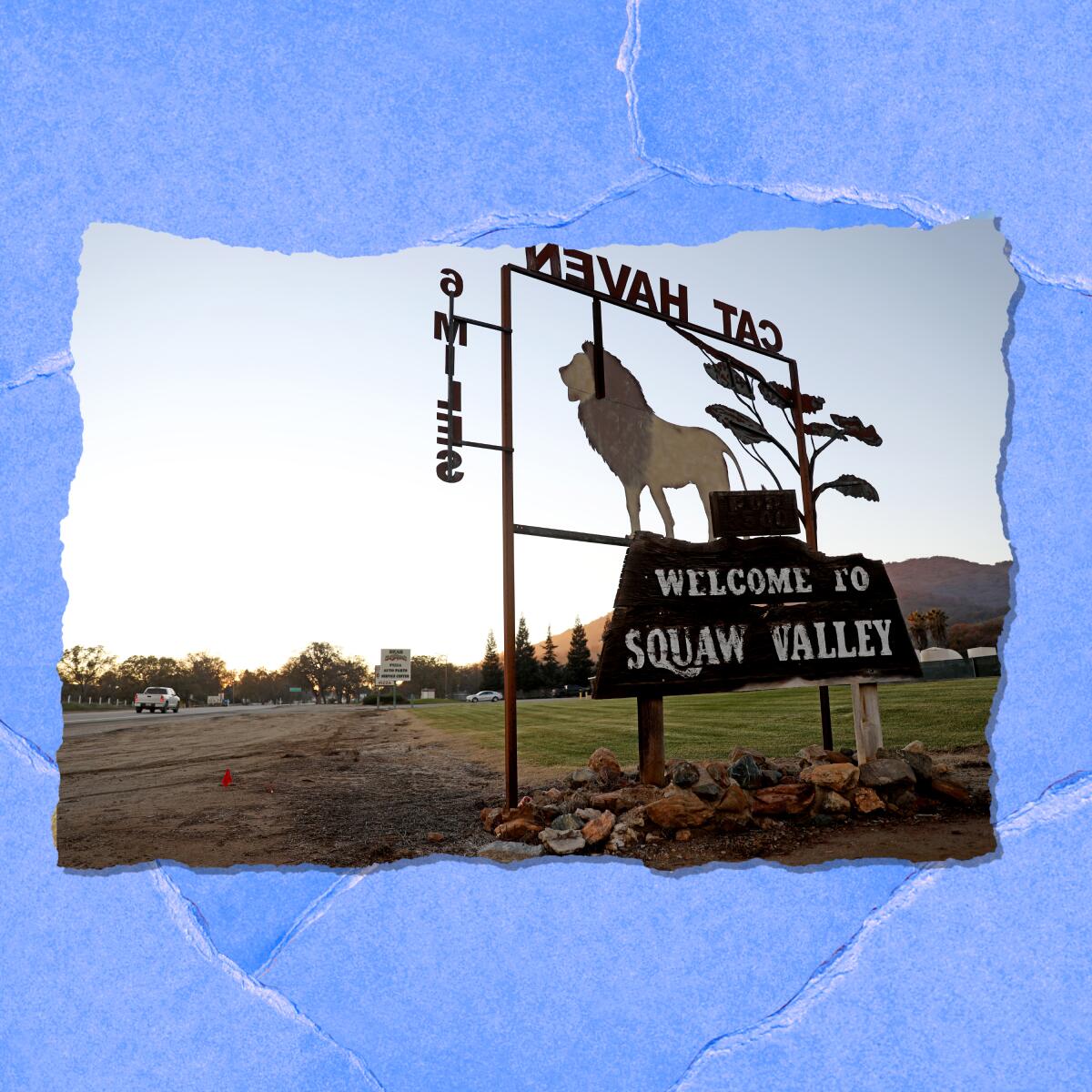
Last year, the onetime Squaw Valley ski area near Lake Tahoe shed its name and reemerged as Palisades Tahoe. “We came to the conclusion that it was time to change our name,” the resort’s website said. “The reasons were clear — the old name was derogatory and offensive.”
Not everyone agrees. Times staff writer Lila Seidman wrote: “In another Squaw Valley — a landscape of rolling hills about halfway between Fresno and Kings Canyon National Park — the debate over whether to adopt a new name has pitted Native American activists against a white county supervisor.” Defenders say “squaw” merely means “woman” in some Native American languages; others, such as U.S. Secretary of the Interior Deb Haaland, who is Native American, say it’s a sexist slur. Haaland declared the term “squaw” to be derogatory and established a task force to find replacement names for places on federal land. Meanwhile, the other Squaw Valley debate continues and may open the door for renaming other areas, given that possibly more than 100 places in California — such as Squaw Creek, Squaw Peak, Squaw Hollow, Squaw Flat — bear the name. Read the full story here.
P.S.
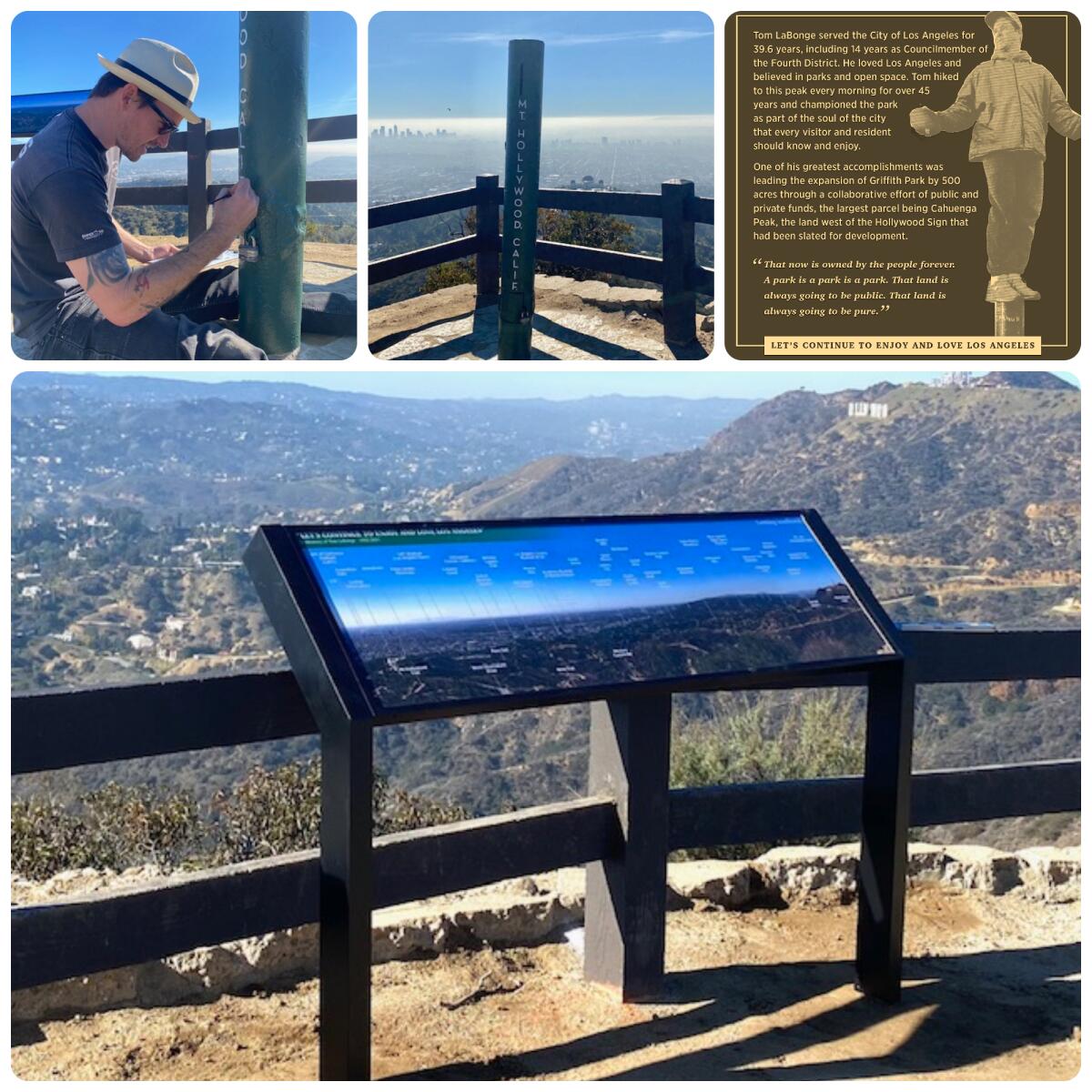
Former L.A. Councilman Tom LaBonge hiked Griffith Park trails for more than four decades, sometimes twice in one day. He typically would point out to others the landscape and landmarks of his beloved L.A. below. Mt. Hollywood, a popular destination at 1,625 feet in elevation and one of LaBonge’s favorites, offers 360-degree views. Two recently installed panorama panels now do the pointing out. They are mounted on the fence at the top of the peak and label locations you can see from atop Mt. Hollywood (this is a good place to see the nearby Hollywood sign, which stands atop nearby Mt. Lee). The top recently got a little makeover with newly painted picnic tables and a post, as well as the addition of a boulder-mounted plaque that tells the story of LaBonge’s love of the park; it’s a temporary cardboard sign until the permanent bronze plaque arrives. Last January, the top spot was renamed Tom LaBonge Summit in remembrance of the avid city booster, known as Mr. Los Angeles, who died in 2021. Read more about the trail to Mt. Hollywood in our guide to the 50 best hikes in L.A. and Southern California.
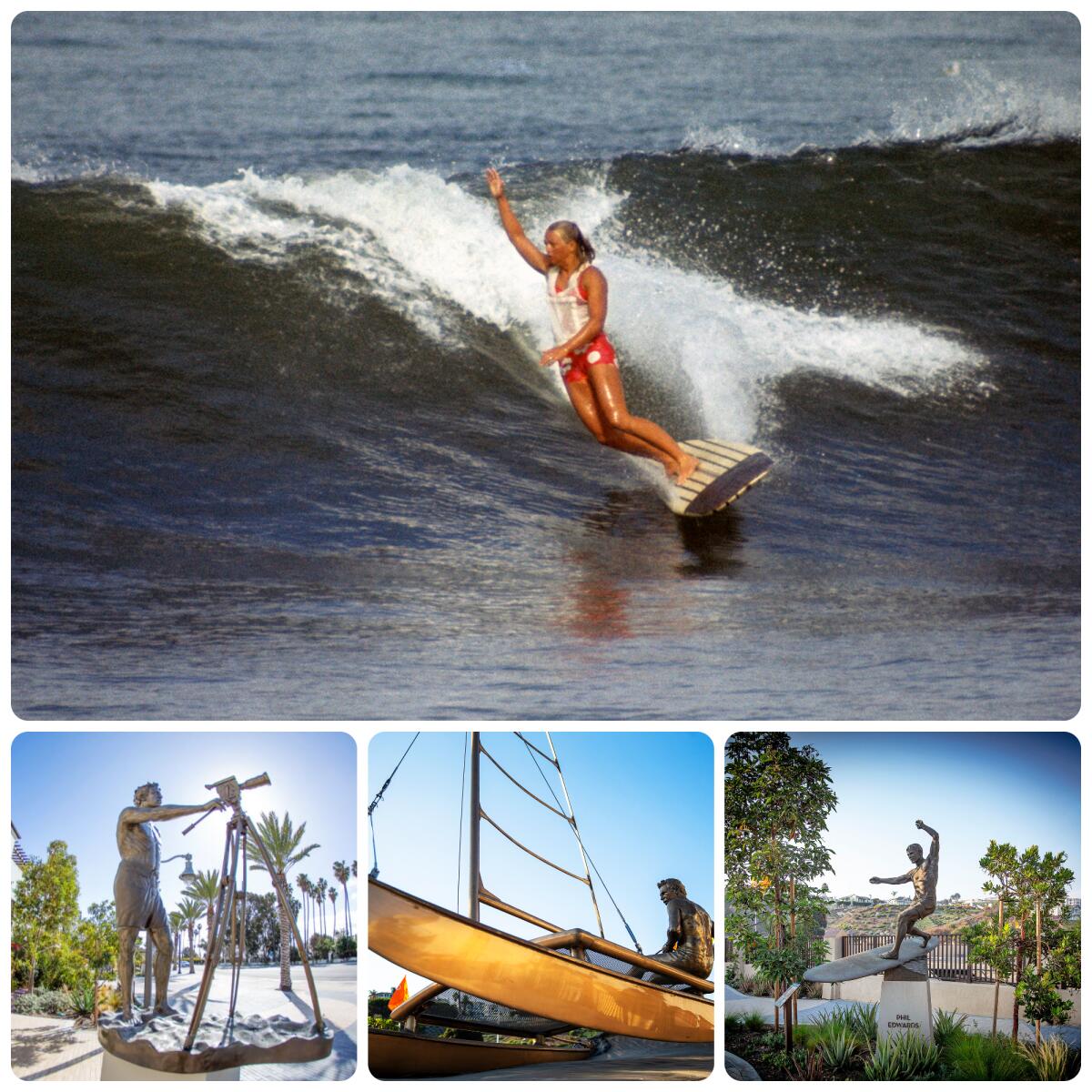
Female surf pioneer Joyce Hoffman soon will stand among the surfing world’s giants in Dana Point. Hoffman, 75, is set to appear at 3 p.m. today at Watermen’s Plaza, when a bronze statue of her will be unveiled. It will be the first life-size statue in the U.S. to honor a female surfer, according to a city news release. Hoffman notched many U.S. Surfing Championship titles between 1963 and 1971. She was the first woman to surf the notorious Banzai Pipeline in Hawaii and was among the first International Surfing Hall of Fame inductees. The plaza on Pacific Coast Highway near Doheny State Beach celebrates people who have contributed to surfing’s international story: Bruce Brown, who made the 1966 film “The Endless Summer”; Hobie Alter, a surfer and sailor whose company once made a surfboard named for Hoffman; surfer artist John Severson; and early surfing legend Phil Edwards. The sculptures are made by artist Bill Limebrook, who grew up in Dana Point.
Send us your thoughts
Share anything that’s on your mind. The Wild is written for you and delivered to your inbox for free. Drop us a line at [email protected].
Click to view the web version of this newsletter and share it with others, and sign up to have it sent weekly to your inbox. I’m Mary Forgione, and I write The Wild. I’ve been exploring trails and open spaces in Southern California for four decades.

Sign up for The Wild
We’ll help you find the best places to hike, bike and run, as well as the perfect silent spots for meditation and yoga.
You may occasionally receive promotional content from the Los Angeles Times.
